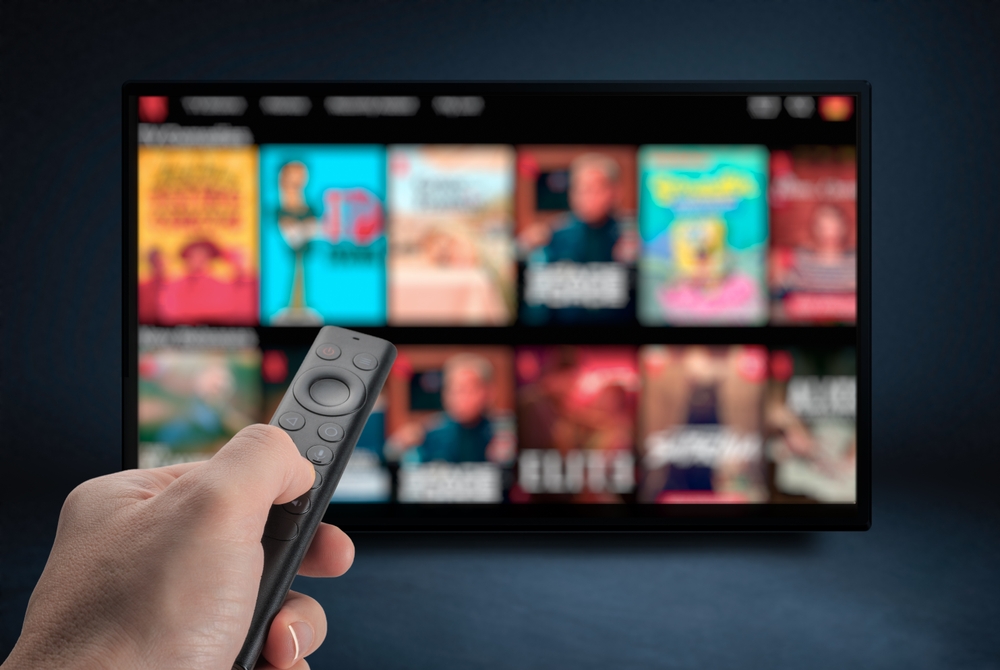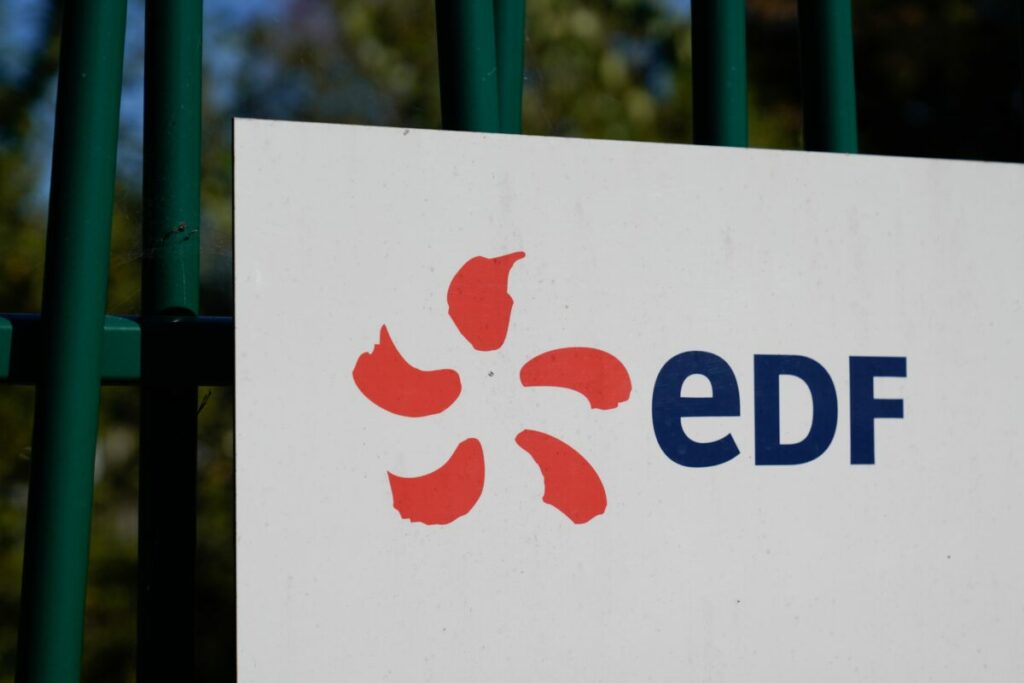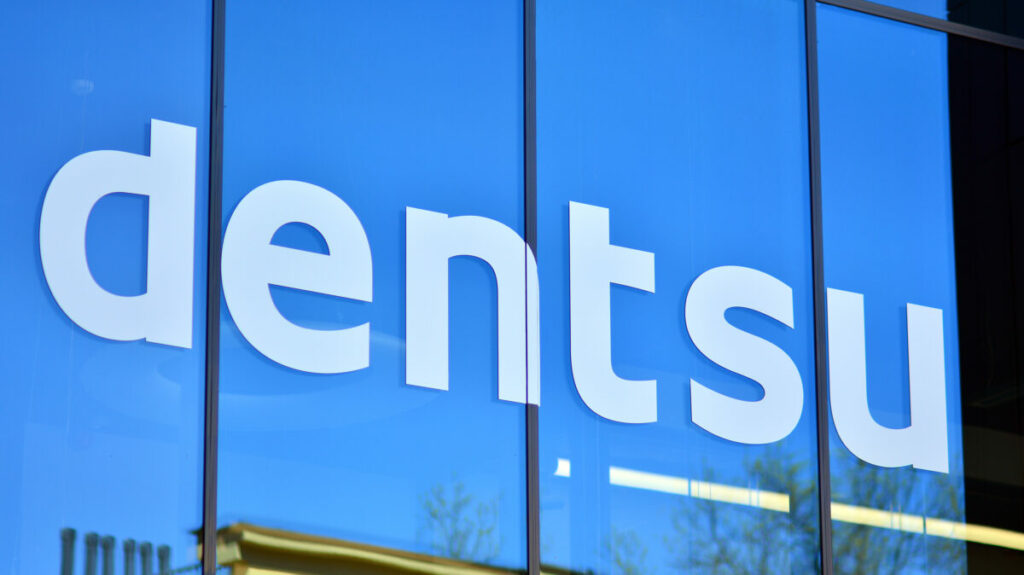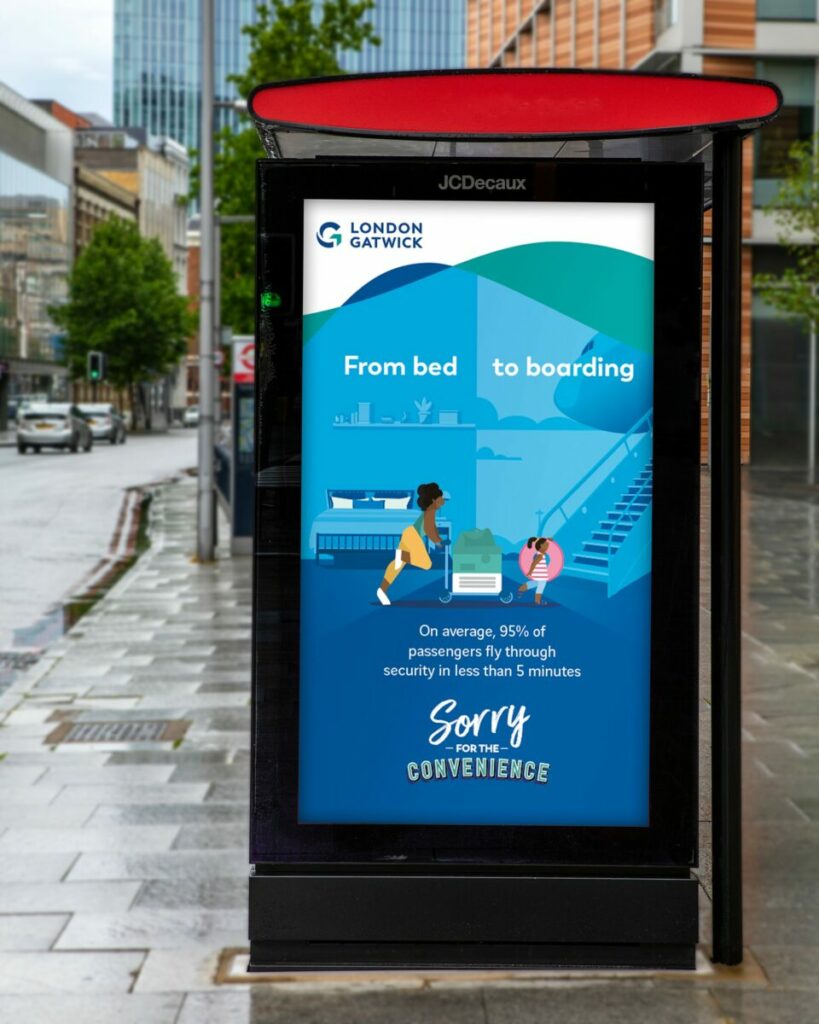
The stand-up circuit is a notoriously savage and unforgiving place to learn the craft of comedy. It’s an exact and demanding art form – and you quickly learn whether you’re getting it right, or terribly wrong.
From a marketing perspective, there’s a lot businesses can learn from comedy. Indeed, brands using humour to engage with audiences is not a new concept, traditionally being the preserve of advertisers and distributed through TV and OOH advertising.
It should be simple – audiences want to laugh, and comedians (and yes, that often includes social media marketers) – want to entertain people.
Yet there’s so much that can go wrong – as ex stand-up comedian, Sprout Social’s head of international marketing, Cat Anderson knows more than most.
And for social media marketers, the real-time and conversational nature of platforms further emulates the stand-up stage, as well as increasing both the rewards and the risks. So, what can social media marketers learn from the world of stand-up comedy?
Experiment, experiment, experiment
Standing alone on stage, you learn fast which jokes fall flat and which ones raise the roof. Every joke isn’t going to land perfectly, and that’s ok. It’s about figuring out what will work, and over time honing material to best engage with your audience, one joke at a time.
Being funny and using comedy will translate into likes, followers and shares – which in turn, are all powerful in generating more likes, followers and shares. It’s a great organic way to grow your network.
But there’s a common misperception that humour on social media guarantees viral success; however, there are a lot of non-viral posts out there that prove otherwise. Brands worry about going viral for the wrong reason; but the more likely outcome is simply that no-one will ever see your post, because it didn’t cut through the noise and engage with your audience.
With a responsive audience, high frequency of engagement and relatively low-cost barrier, social media provides the perfect training ground for brands to experiment. Like in stand up, you’re not guaranteed a home run every time, but experimentation will allow you to better understand your audience and cut down on the strike outs.
Subscribe to Marketing Beat for free
Sign up here to get the latest marketing campaigns sent straight to your inbox each morning
Know your (comedy) audience
Of course, comedy is not suitable for all brands all the time. You’re unlikely to respond well to jokes from your local council, bank, or favourite charity – but by knowing your audience, content and humour can be tailored to be used appropriately and effectively by brands.
Knowing your audience is often the difference between comedy success and failure. Telling the wrong joke in the wrong place is a sure recipe for disaster.
One social media moment that shows how much a brand understands their audience is April Fools day. The 1st of April has become a huge moment in the marketing calendar with thousands of brands using the day to connect with their audiences on social media with the ultimate goal to become the talked about brand with their hilarious prank.
Our data shows that this year, over 1.2 million posts went live on social media globally by almost a million different authors. But so few posts achieve cut through, and when brands are involved, it’s not just about achieving cut through, but about crafting genuinely funny content which engages without alienating.
One brand which got it right this year, is KitKat. The brand unveiled its latest product, the five-finger bar – with the handy addition of a thumb. It’s a great April Fools which got the audience engaged through a series of posts and comments – all keeping the gag going and playing into the brand’s existing personality and product. It clearly generated brand love with positive engagement from their audience.
But there are plenty of examples from brands and businesses who didn’t hit the right note too. There can be a steep price to pay for a bad joke, including alienating your customers and staff with ill-judged and poorly thought through ‘comedy’ posts on social.
On the clock
Like with any good joke, timing is key. The immediacy of social media means that customers can engage with humourous content – and get in on the joke – riffing off content and adding to the campaign in real-time.
The immediacy provided by social media can also build intimacy between brands and their audience. Rather than being faced with static and corporate messaging, humour and immediacy makes you feel like you’re talking to the person behind the business – you’re left smiling and giggling – all building real and strong positive feelings.
The world of social media moves fast. What’s hot one minute is cold the next. Social listening and analytics can give campaigns a foundation of data and anticipate trends.
For brands, this means investing in resources ahead of trends, while allowing your social media team to be more agile – two key elements for success. Having timely content is a great way to distinguish a brand as a thought leader and as one which sets the trends rather than jumping on one.
As brands continue to experiment on social media and hone their comedy skills – humour is the perfect antidote for customers – providing light relief on social media and offering real engagement between brands and people.














